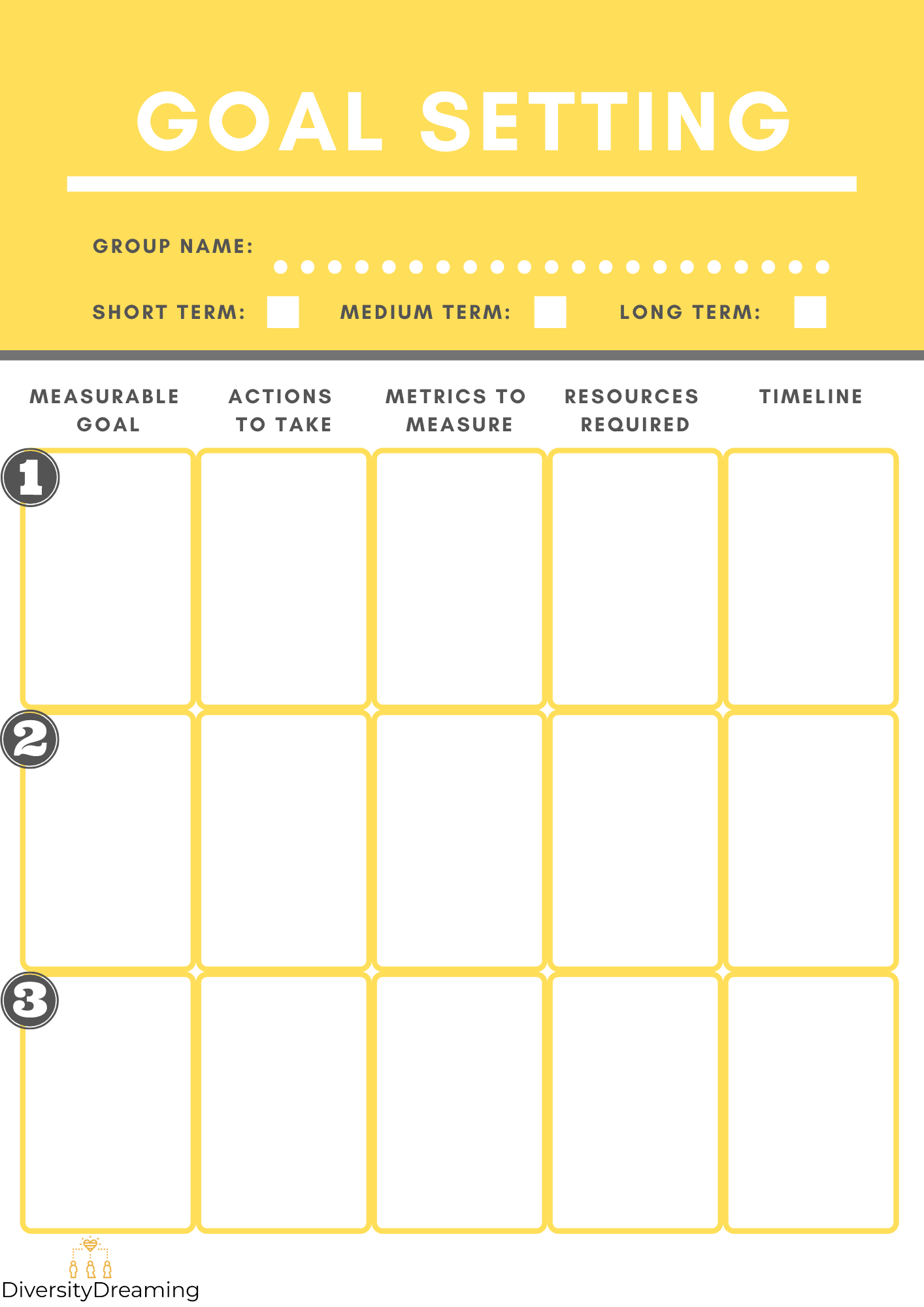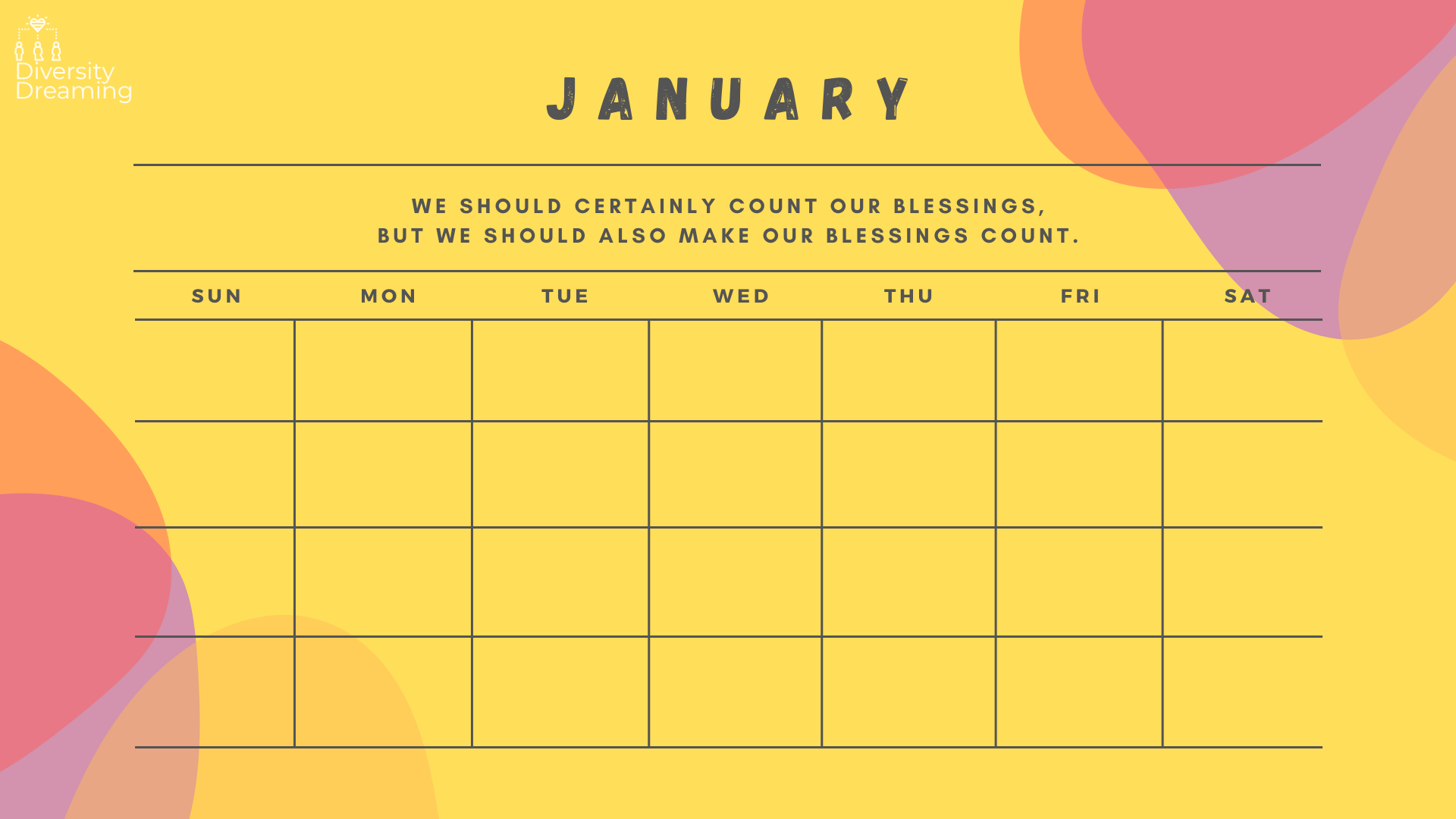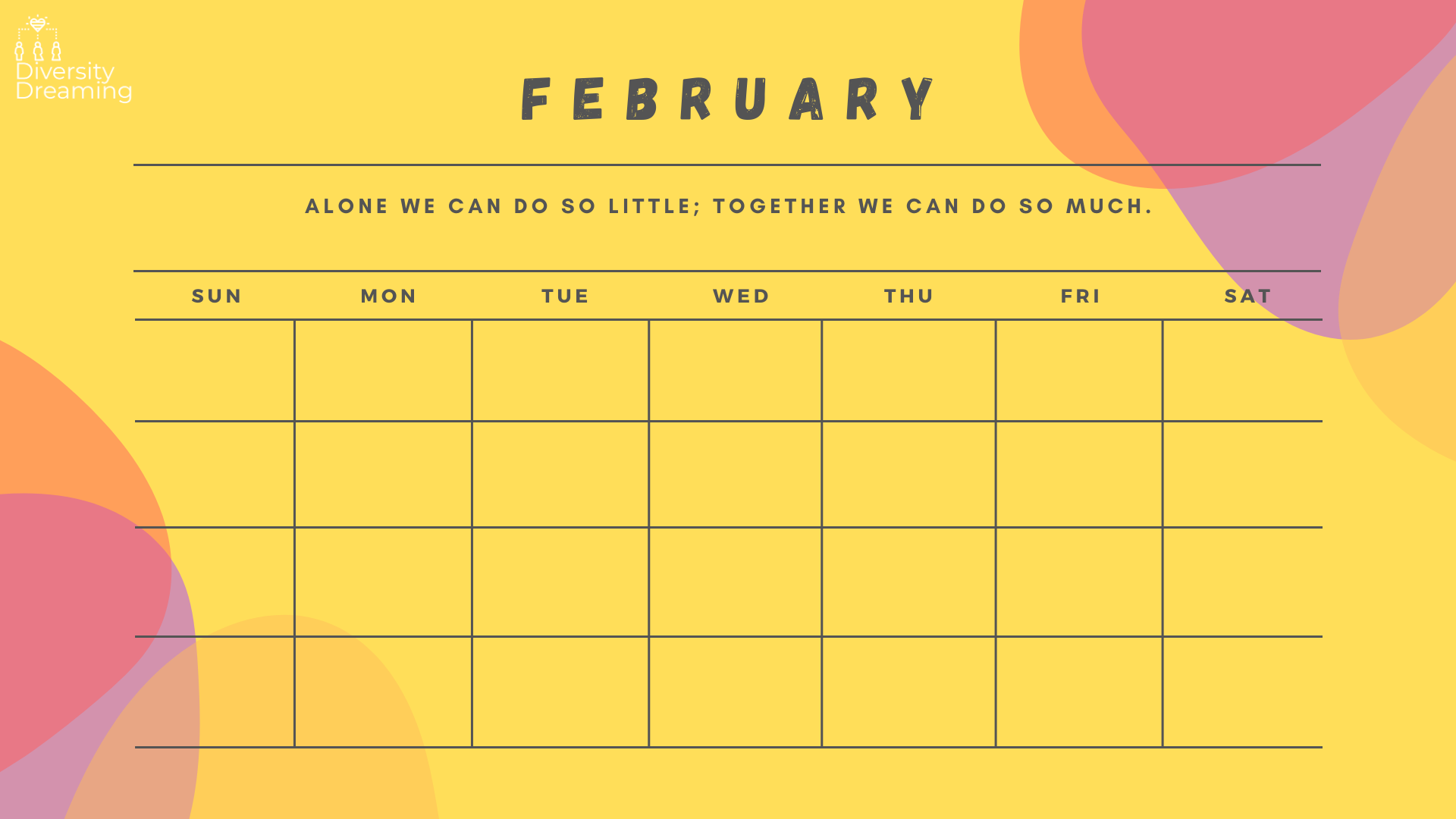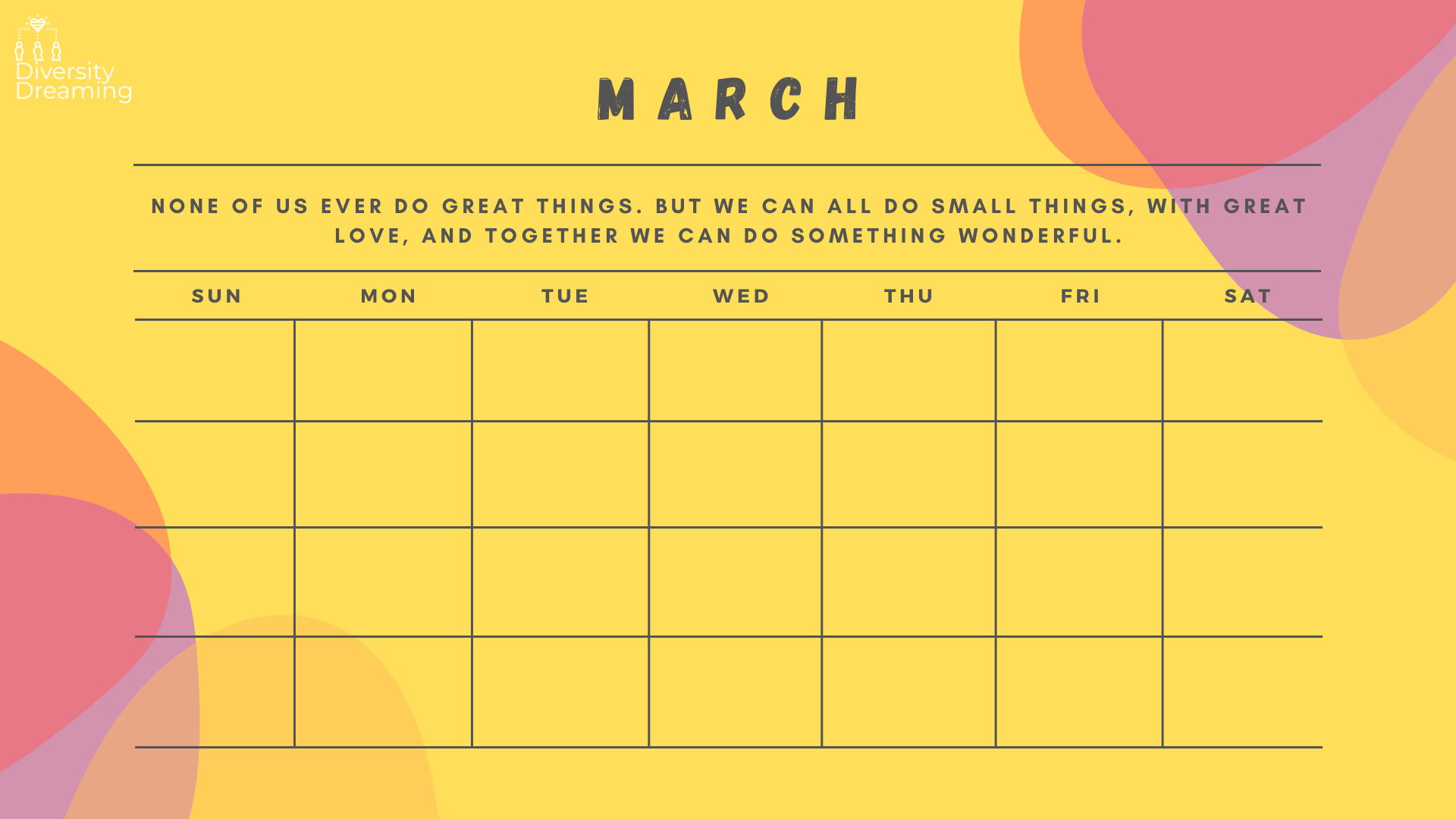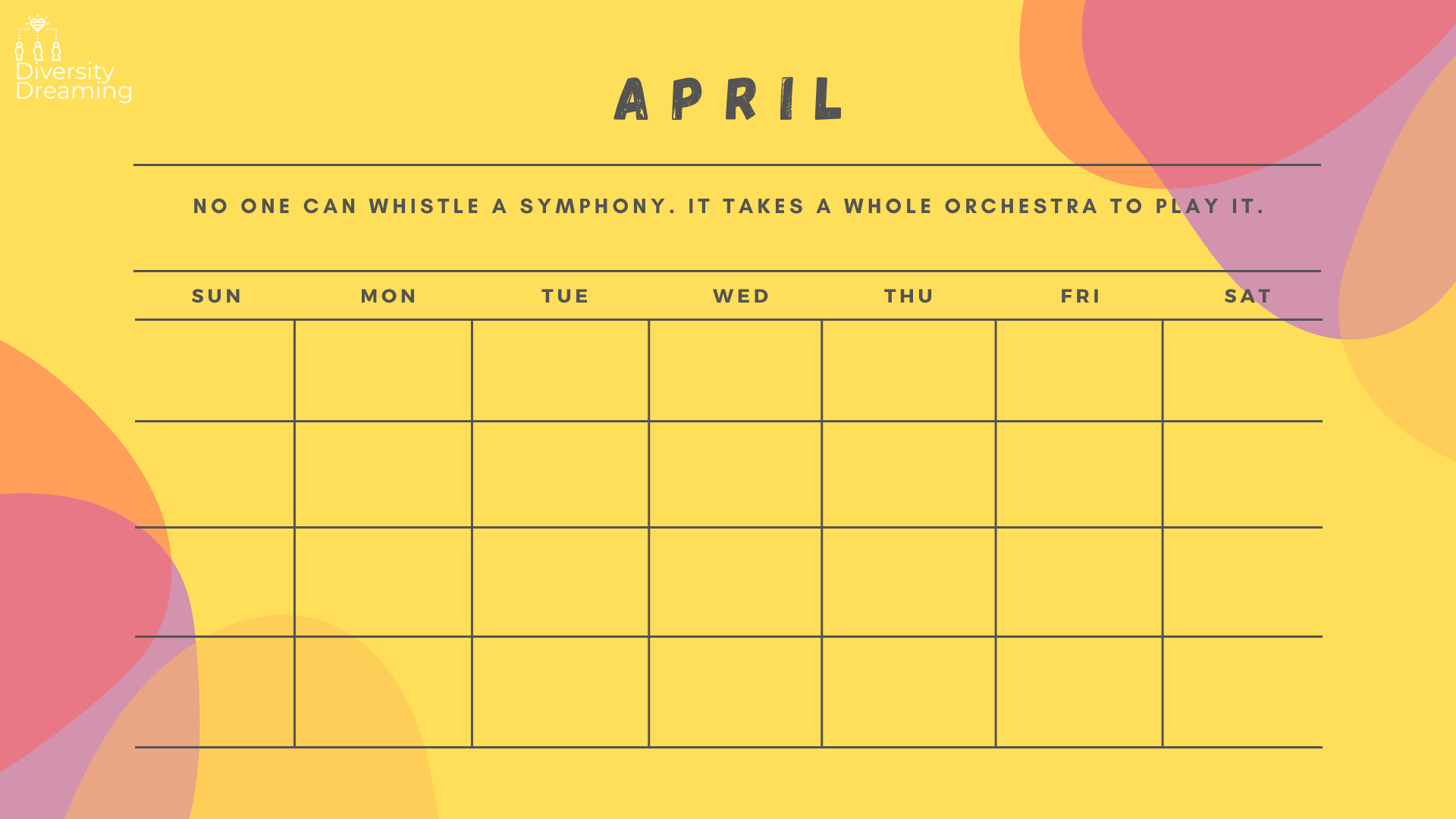Setting up a diversity group or network: A step by step guide
So you have found a cause you are passionate about and you want to support those affected and share awareness and understanding about this topic. Firstly, great start! Now, you need help to set up this group either in your workplace or externally. Follow this step by step guide to set up your business resource group or network. [Prefer to skip to a summary? Check out the handy infographic to summarise this article at the bottom of the page!]
What do you want your focus to be?
This is a key question to consider when setting up the group. For example, it may be suitable to have a broad focus such as gender or LGBT+ equality so that you can capture the broad range of themes and information across these topic areas. Alternatively, you may feel that there is a subset of the population that need more attention and support and require their own group. Both options are valid but you will need to be clear from the outset to avoid the potential for misinformation or poor messaging. Note also, a broader focus still allows you to spotlight and engage minority communities; likewise a narrower focus group can still link in with other groups to highlight the intersectionality or cross over of the various subsets.
What should your group be called?
The name, and therefore the identity, of the group is critical as this is what people will first encounter when accessing, searching for or learning about your group. The name should clearly represent what the focus of the group is; avoid over-engineering it. Feel free to be explicit, names such as PRIDE and ACCESSabilities are popular for a reason. If your focus is narrower, then be more specific with your name, for example “Manchester Lesbians Network”.
Something to be careful of is being too specific if your focus is not so narrow. For example, “Women’s Rights Group” whilst valid for gender equity can mean men may perceive themselves to be excluded from the conversation. In reality, this is the opposite of what those groups want - women are living the problem and it is therefore more about engaging and educating others so that they can be supportive and help drive change. This example may also inadvertently exclude those that do not fit into binary expectations like those who are non-binary or genderqueer.
Who can help you?
"Find a group of people who challenge and inspire you, spend a lot of time with them, and it will change your life." – Amy Poehler
The best advice I can give you is to find people with a similar passion to help you along the way. Not all of them have to be a part of your network, they may run their own, but having a group of people to bounce and borrow ideas off, plan events with, share connections and to keep your energy up is so important.
You may have heard the analogy that when you keep taking on tasks (or water for this analogy) to support others your own sponge fills up with water, and if you do not allow time for yourself the water will not get squeezed out. This means eventually the sponge is overloaded and cannot take on any more water; in reality this may mean you are no longer able to “take on” new tasks to help other people. Surrounding yourself with passionate and proactive people will give you a little boost when you need it to empty your sponge a little an enable you to keep going and to keep striving for change.
If you have sufficient interest, creating a working group or committee with specific job roles can ensure efficiency by delegating tasks to those with the particular skills (or a desire to extend those skills). This will be covered in a separate article with examples of job descriptions that you can use - watch this space!
Get buy-in from people with influence
Sourcing an executive sponsor for your network is critical.
In a workplace environment this may be someone on the leadership team to advocate for the network and it’s purpose within the business. They will be responsible for gathering internal support, keeping the group safe through clear guidance, connecting with external partners, sourcing funding for key events and resources and linking business practices with your Diversity and Inclusion efforts.
For an external network, an executive sponsor may be someone of influence or with a larger following to provide guidance, gather support and to link you up with other key connections. Equally, they may provide a figurehead that resonates with the group’s aims.
An executive sponsor does not run the group but provides a steer and support where needed. The executive sponsor should be passionate about the topic and understand the importance of having the group. They will operate more as a critical friend to avoid surprises and the potential for issues.
What will your group/network look like?
The next decision will be based around whether you want a network of people with a keen interest to gather on a regular basis (a targeted network) or if you would prefer to host events and opportunities that are open to everyone (an open campaign).
The benefit of a targeted network is that it can create a safe place for those affected or in support of such themes to meet and form a community. The benefit of an open campaign is that it can target those outside of the community and can result in further education. The intention should be to avoid shouting into an echo chamber.
My suggestion is a combination of the two, allowing the group to form views and develop resources to be shared when ready. For example, regular calls/drinks for those subscribed to the network, but any events/newsletters are shared as far and wide as possible. This creates an established community that others can engage with to educate themselves and/or join in as much as possible.
It is really important to highlight when communicating network activities that nothing is limited to either those already subscribed or those affected by the focus of your group. For example, a PRIDE group that is only attended by the LGBT+ community would be lacking the support of allies and potential allies. It is, however, important to ensure that it remains a safe place and any event is moderated for acts of micro-aggression or offensive behaviour.
What are your objectives?
Another key concept is to decide what you want to achieve both in the short term (1-3 months), medium term (6-12 months) and longer term (next few years).
Below is a template you can use to map out your goals for the future.
Try to ensure these are measurable by time, outcomes and reviewed by regular feedback so that you can see and monitor your progress over time. Meeting objectives will also reaffirm that investment (time, money etc) into your network is worthwhile from an employer perspective. Having a network is a must-have from an employee point of view but a network that succeeds and thrives is truly valuable to both employees, in regards to education and feeling seen, and to the employer, in regards to attracting and retaining top talent.
Planning is key!
My dad often used a phrase as I was growing up regarding the 6 Ps - Proper Planning and Preparation Prevents Poor Performance (other variations exist). Planning key events/dates throughout the year helps you to be organised, anticipate problems and to avoid missing anything important. Using an LGBT+ network as an example, there are key dates every year such as PRIDE parades, bi-visibility day and trans awareness week. It may be suitable to mark these and to build a calendar around them to ensure nothing of value is missed, and that there is representation for the whole LGBT+ community during the year.
Intersectionality, Intersectionality, Intersectionality….
This word should be at the forefront of everything you do within the network. Nobody fits into one box and showing them role models that span the boundaries of your network will really make them feel seen and valued. During Pride month can you combine with the Race and Ethnicity groups to highlight racially and ethnically diverse LGBT+ role models? During Black History month can you link in with the Mental Health group to highlight some of the pressures the Black community may be facing? Furthermore, just because your network is focused on one theme does not mean you do not have to consider other minority groups. Lead by example and encourage multi-faceted support..
Likewise, help other groups to think more broadly. As a PRIDE group leader, I was asked to collaborate with a Race and Ethnicity group for Black History Month - a fantastic opportunity to collaborate. However, I learnt that each week had themes, two of which were Male and Female Black superheroes. I loved the concept of celebrating Black success but the binary concept of Male and Female went against all I was trying to achieve within the PRIDE group. By linking together I was able to advise them to think of an alternative, even if it was just “Black Superheroes” to avoid excluding non-binary people.
Any opportunity to collaborate also reduces the energy spent trying to generate ideas. Why reinvent the wheel when you can cover a wider audience together. Even better if you can link in with sister companies, or with other companies within your office building for example. This can help to share costs, increase the opportunity for networking and building a bigger community.
Over to you…
You now have the step by step guide to help you, now it’s your turn to be brave, be a pioneer and champion diversity in all its forms.
If you need help or simply wish to bounce ideas around over a virtual coffee please do not hesitate to reach out to me via the “Ask me a question” button at the top of the page or the comments box below.
And don’t forget you can also subscribe to the Diversity Dreaming newsletter using the yellow button at the bottom of the page for early access to new articles, interesting D&I content and top diversity tips. Or why not contribute, by drafting your own article for future publication - we love to share ideas!

